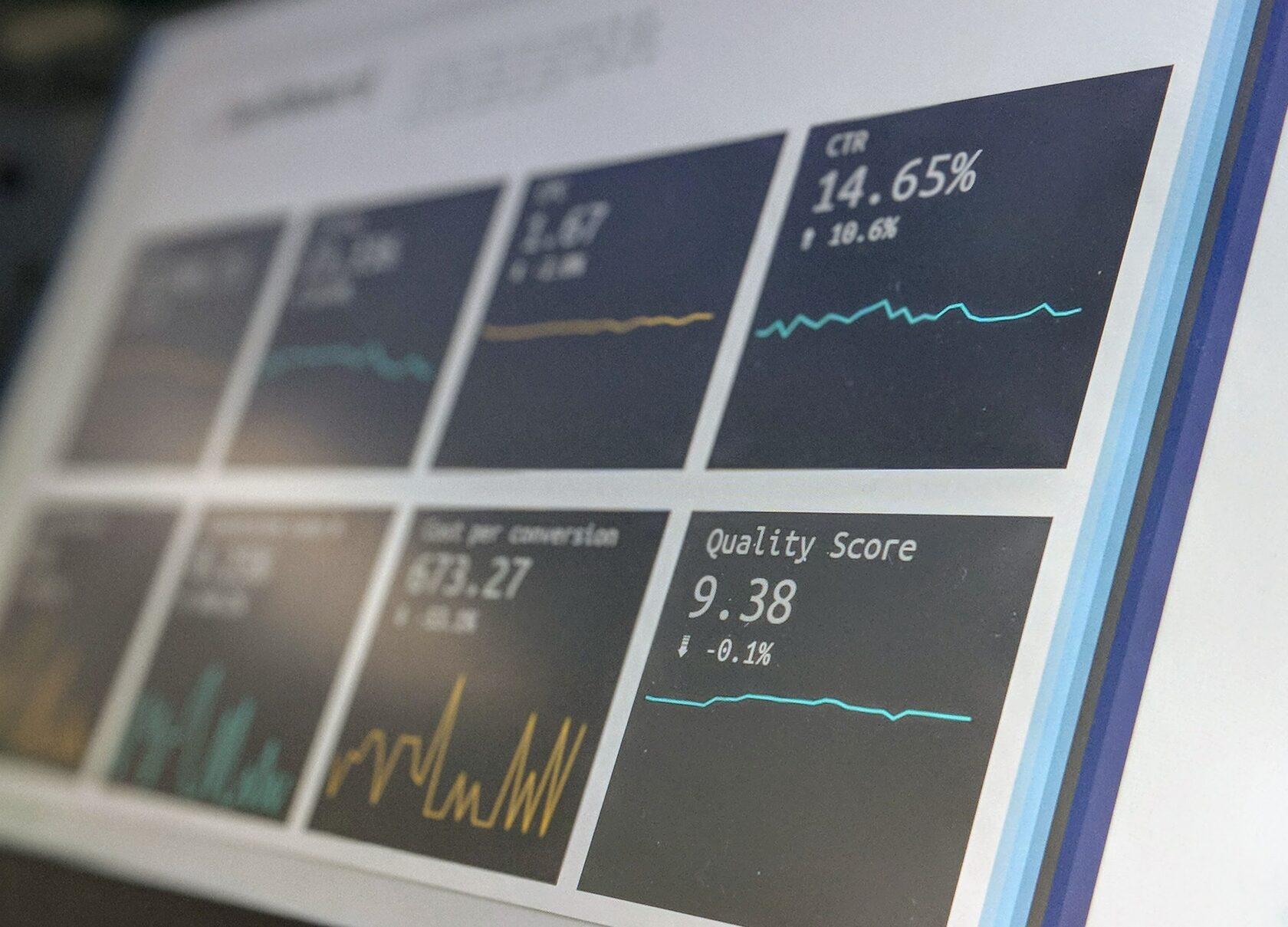When a critical number of problems have accumulated, a company understands that it is high time for digital transformation of the corporate business process. And it does not matter what we can talk about, these problems can be in sales, treasury, financial analysis or even business reporting and budgeting.
In order to carry it out as efficiently as possible and get an automation system that can really solve problems, the company should at first prepare well.
The Spreadym team has put together a list of steps to help you prepare for the digital transformation of corporate business processes to increase efficiency of company performance.
Step 1. Accept that automation is inevitable.
As the company grows, so does the number of business processes. Many business operations become routine and grab a lot of time from employees. The amount of information increases every day and needs to be not only safely stored, but also processed for further analytics. What is more, the company may lose control over several processes without proper control of the work.
Digital transformation can really solve these problems. It is able to remove routine tasks, free up staff time for solving more important tasks, reduce the number of errors, and also build effective analytics of the company's activities. Here we also should mention that the investments in business automation help increase efficiency of corporate performance.
Step 2: Recognize the problem.
Each company may have its own pain points. For some, a decrease in revenue can be hidden in weak control of sales. Another company may have an inefficient production process, while others may have an overloaded financial department due to the abundance of routine work.
Whatever it can be, the problem must first be identified and described in detail.
Step 3. How should it be?
After the problem is identified, it is necessary to describe the target state of the process.
It is not enough to simply describe “how it should be”, it is necessary to work out the following key points.
- What operations does the business process include? How many are they? How do they influence each other?
- What is the frequency of business operations?
- How many people are involved in the entire business process?
- What is the duration of the business process cycle and separate business activities?
- What services and programs are already in use?
After answering all these questions, you will understand the target state of the business process and also see areas of work where automation has to be implemented.
Step 4. Allocate resources.
Here we will talk not only about money, although it is a vital item. First of all, it is necessary to involve the team that will use the system, and secondly, understand that digital transformation takes time. Any introduction of technology takes time, not only for integration, but also for adaptation.
Spreadym due to flexible customization and a familiar spreadsheet interface reduces the implementation period by three to five times then counterparts.
Step 5. Contractor selection.
Not all companies can implement a business automation program on their own. Hiring a consultant for this work can significantly reduce the time and money.
In addition, the system requires support and verification from time to time. So, it will be necessary to allocate an employee to the company's staff who will support the system. It is rare that, for example, a corporate performance system does not require the involvement of an additional developer unit.
But it is not necessary if a company decides to implement Spreadym. The team that operates the platform can make all the necessary changes and adjustments to the system and calculations.
Step 6. Description of business processes.
The more detailed the description of the business process is, the more you will like the final result of automation. The description can be divided into three points.
Description includes maps of business operations, key reporting periods, the order of transferring information within the company and so on.
Optimization specifies what operations can be improved and what should be reduced.
Automation indicates the process for digital transformation.
The final. Choice of tools.
Business should properly think about answers to the following questions to choose the suitable system.
- What business processes will be automated?
- Will the functionality of the program correspond to the tasks set?
- How flexible is the program and can it be customized for business?
- How quickly can changes be introduced to the system?
- Is the solution easy to use?
- Can the system be integrated with other services that the company already uses?
- Who will provide technical support?
- How much will implementation and technical support cost?
Spreadym meets all the requirements that apply to finance and treasury automation systems. The business platform is flexible and adapts to the business processes of the company. The period of integration and staff adaptation is very short. Spreadym can be integrated with other solutions, and changes can be made by the team that uses it.

